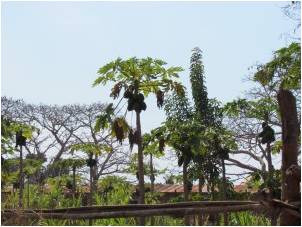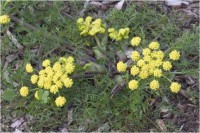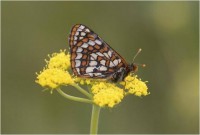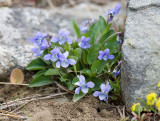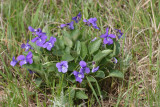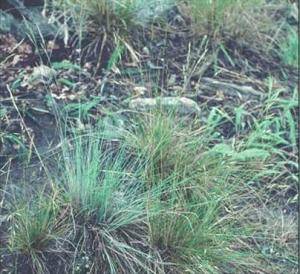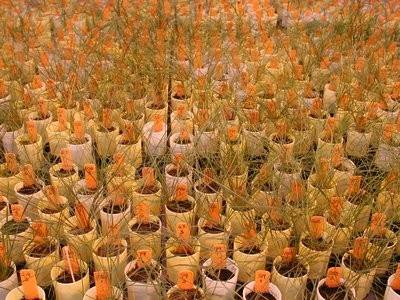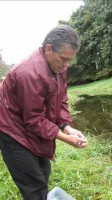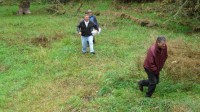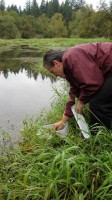Babel goes to prison
Editor’s note: This post was written by former SPP staff member Alicia LeDuc, who recently spent several months volunteering in Tanzania. She returned to Washington and shared her story at WCCW as a guest lecturer last month. She wrote about the experience on her own blog, which we are re-posting here with her permission. To see the post in its original context, please visit: http://babelsfables.com/2012/02/07/babel-goes-to-prison/. Enjoy!
The inmates at the Washington Corrections Center for Women in Gig Harbor, Washington got an inside look into life in east Africa today when Babel partnered with the Sustainability in Prisons Project to deliver a presentation inside the prison as a part of the project’s Science and Sustainability Lecture Series. The lecture, titled Sustainability and Biodiversity in Tanzania, East Africa, featured a slide show of over 400 photographs documenting the daily life and amazing biodiversity of rural Tanzania.
The crowd proved both attentive and entertaining, sharing their own revelations about sustainable living and even a few personal horror stories inspired by the photographs of deadly fruit and spitting cobras.
The event was hosted by SPP’s Brittany Gallagher, an Evergreen State College graduate student and former Peace Corps volunteer. Gallagher said she enjoyed the presentation, as it reminded her of the two years she spent living in a small village in Niger, in western Africa. The inmates thoroughly enjoyed it as well, with one woman concluding the event by thanking the speaker and host and asking Babel to please, go on a trip to Hawaii or the Philippines, then come back again!
